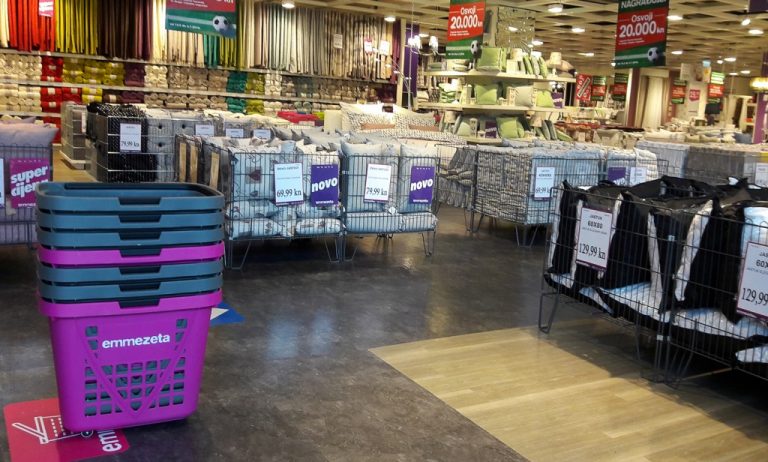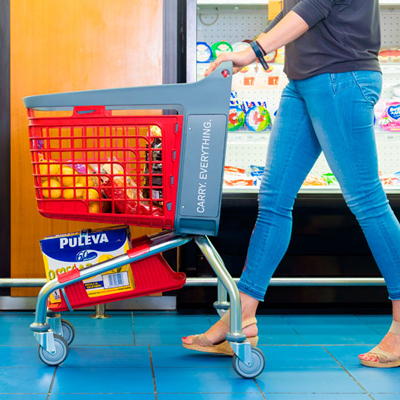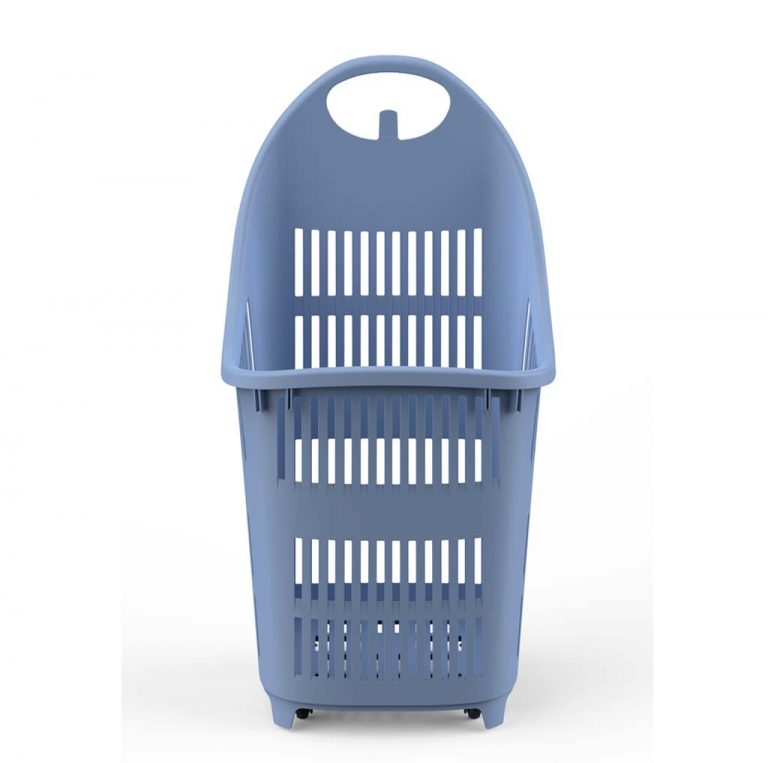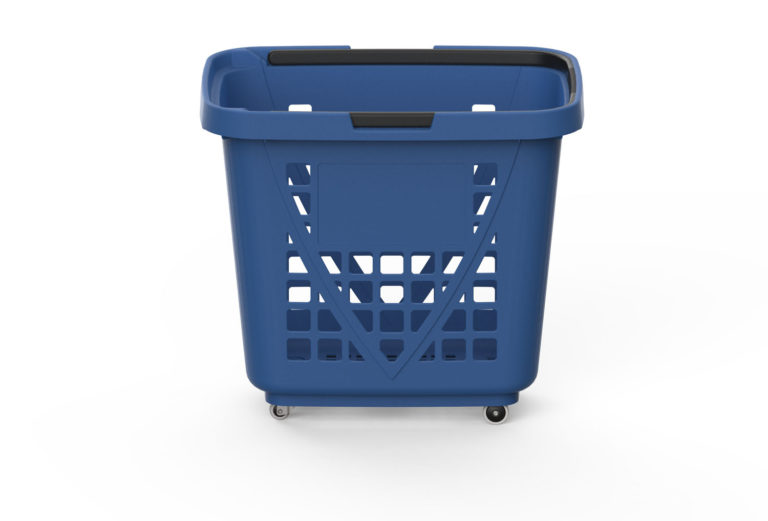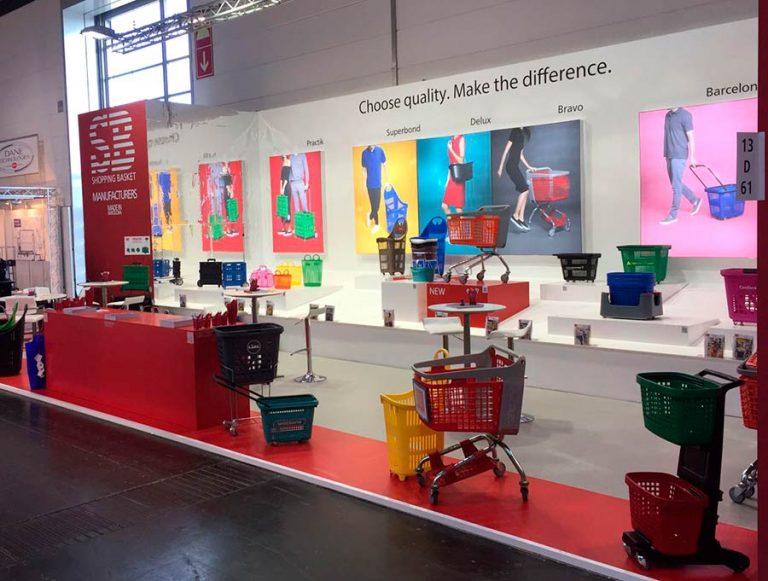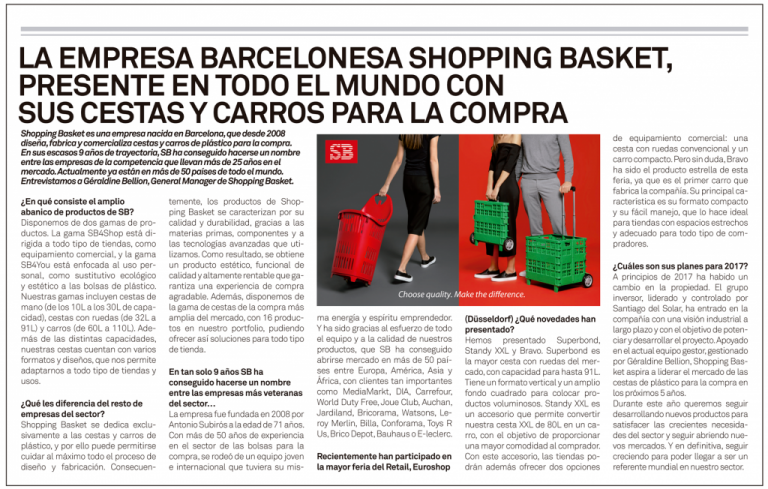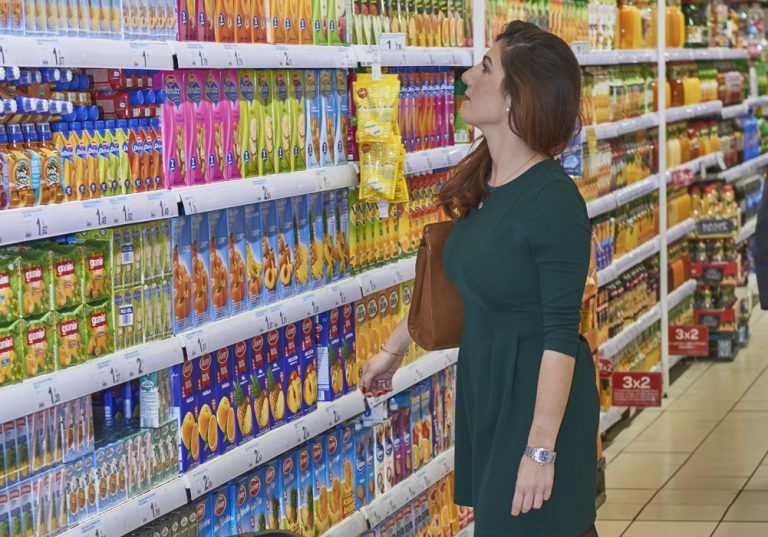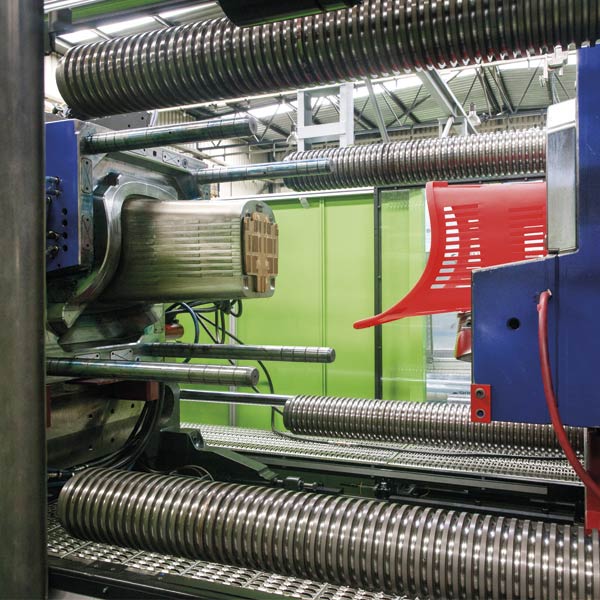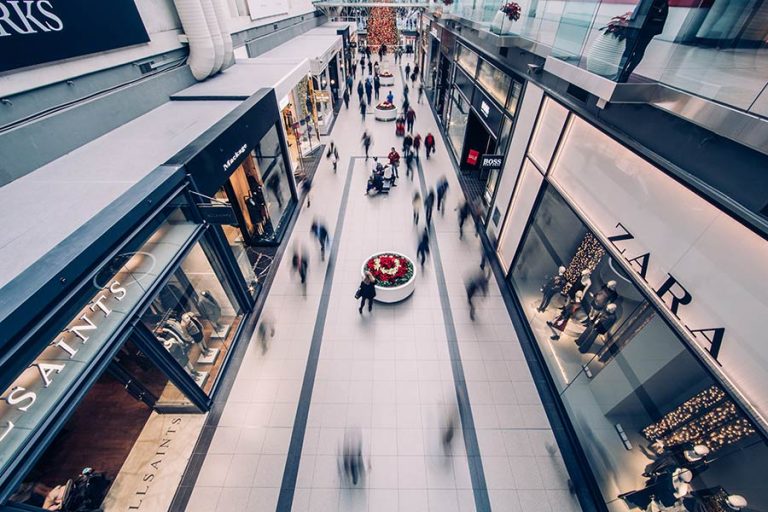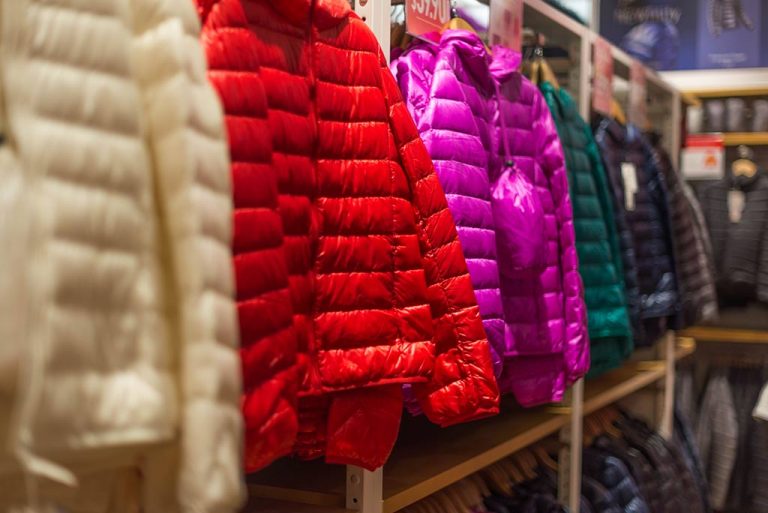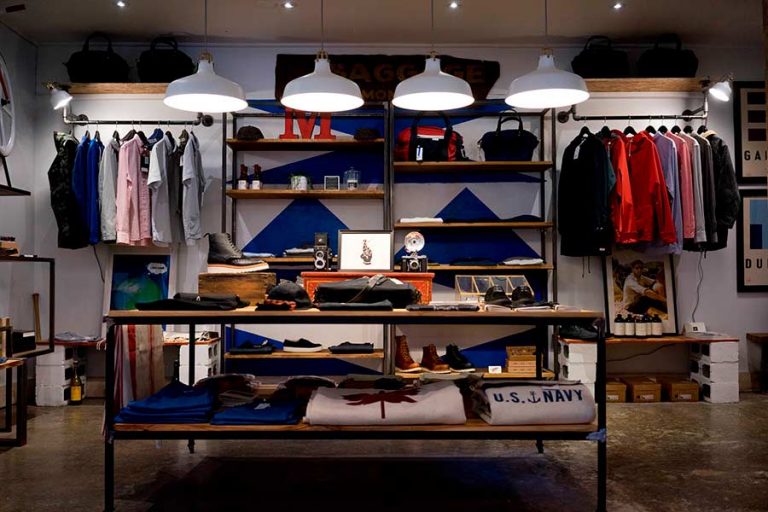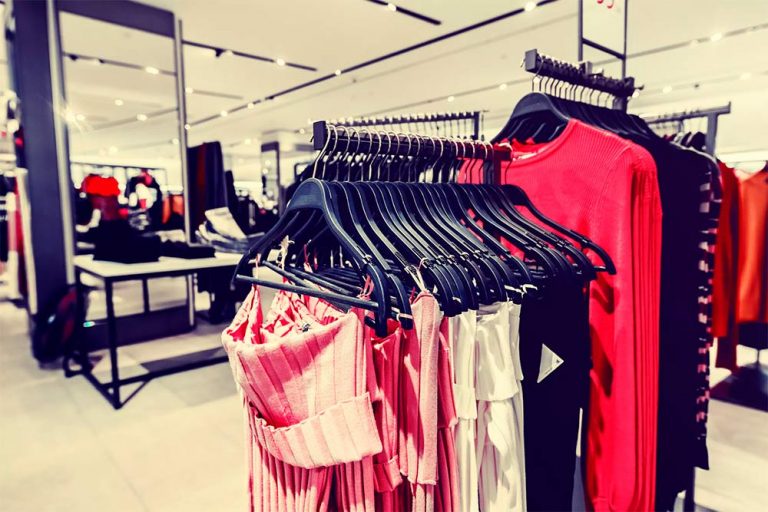Today, we bring you a new article focused on the fashion sector, which plays a crucial role in retail.
Generative AI in the fashion industry is effectively one of the highly disruptive technologies making inroads in the fashion industry. Through technology run by algorithms trained with massive data to generate state-of-the-art and breakthrough content, efficiency gets enhanced, time to market is reduced, and customer experience improves. Human-AI collaboration will enable designers to bring more agility into their collections so they are ready for fashion weeks.
1.Advances in Generative AI in Fashion
2023 has been a banner year for generative artificial intelligence, with new technologies like ChatGPT available to millions. Its power to absorb unstructured information and create content with a creative nature is being put to use all over the value chain of fashion: from product descriptions and market segmentation to automated creation of marketing content. Key innovators among companies are Zalando and Stitch Fix, which used early technologies to perfect operational efficiency and raise the customer experience to a new level.

It is the general application of generative AI to support and enhance creativity that brings value. Applications may vary, of course, across different segments of the industry. In the fast-fashion world, for instance, it can accelerate the creation of new lines and boost speed from detection to development in leaps and bounds. Generative AI would thus be another tool in the toolkit of fashion designers, allowing them to iterate quickly and build up inspiration boards in their design process.
Therefore, business leaders embracing generative AI in the fashion industry must identify critical value-driving areas and specifically target those with the potential to bring about massive transformations. Mitigating identified risks should include intellectual property rights, data biases, and proper preparation for employees, amongst others, with its use. Engaging generative AI experts would help a great deal to speed up the take-up of generative AI. The stakes at an economic level for generative AI in fashion could be high. Indeed, according to McKinsey, it may bring about a US $150-275 billion uplift over the next three to five years in industry profits. Technological applications are from design to marketing campaigns and from optimizing logistics to enhancing customer experience.
2. Innovations, Implementations, and the Future
Even though the use of generative AI in the fashion industry is currently in its initial stages, a few implementation cases already bear good potential. In this regard, Zalando has set up the ChatGPT technology to develop a groundbreaking, high-end virtual assistant with advanced features. This generative AI brings more interactive online searches, enabling users to search with personalized, natural, and conversational language. It is in beta now and available for customers in Germany, Ireland, the UK, and Austria. The voice assistant will offer fashion suggestions based on special events and individual user preferences. Zalando wants to take this further and add generic systems for giving recommendations in fashion and beauty domains, leading to the capability of complete outfit recommendations.
The fashion industry is expected to increasingly integrate the technology of generative AI into its value chain with technological improvement. In fast fashion, it will speed up product design and development; for luxury fashion, it is another tool for creative designers to quickly test and prototype ideas, create inspiration boards, and more. Emphasizing the retail value chain is towards optimizing customer experience and operations in the direction of enabling advanced personalization and automation of the processes, as well as deep analysis of data. AI should be adopted to integrate into the business to support businesses in decision-making, forecasting, and inventory tracking, among others. The trick is to define clear objectives, choose the right tool, and train the people to gain the skills required to run everything smoothly, finally resulting in a more agile and competitive model of business.

3. Empowering Creativity and Differentiation in Fashion
Human creativity and ingenuity for humans at their hearts, but in the fashion sector, generative AI liberates designers from routine tasks to focus on what they do best. Now, that kind of technology has a high probability of becoming one of the critical drivers for brand differentiation, meaning companies have opportunities to offer unique products with an elevated experience. So, it is not only about automation; in fact, it speeds up and enhances the process of creativity in the fashion industry. With tactical application and a well-considered strategy, this technology promises to break the category clutter and bring disruptive differentiation to the competition, changing how products are created, conceptualized, and marketed fundamentally by brands.
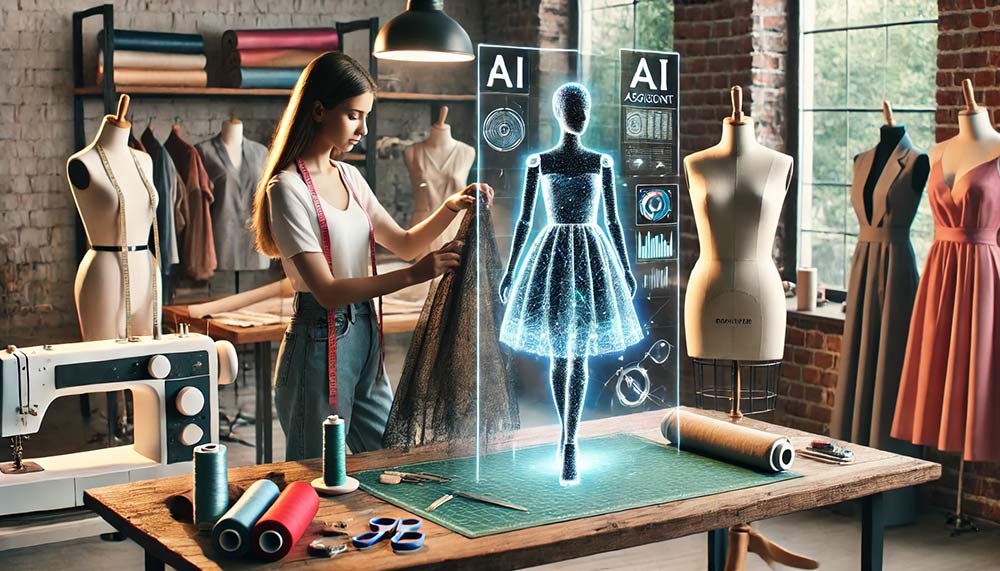
 Sign up for our newsletter and be the first to receive our articles!
Sign up for our newsletter and be the first to receive our articles!
